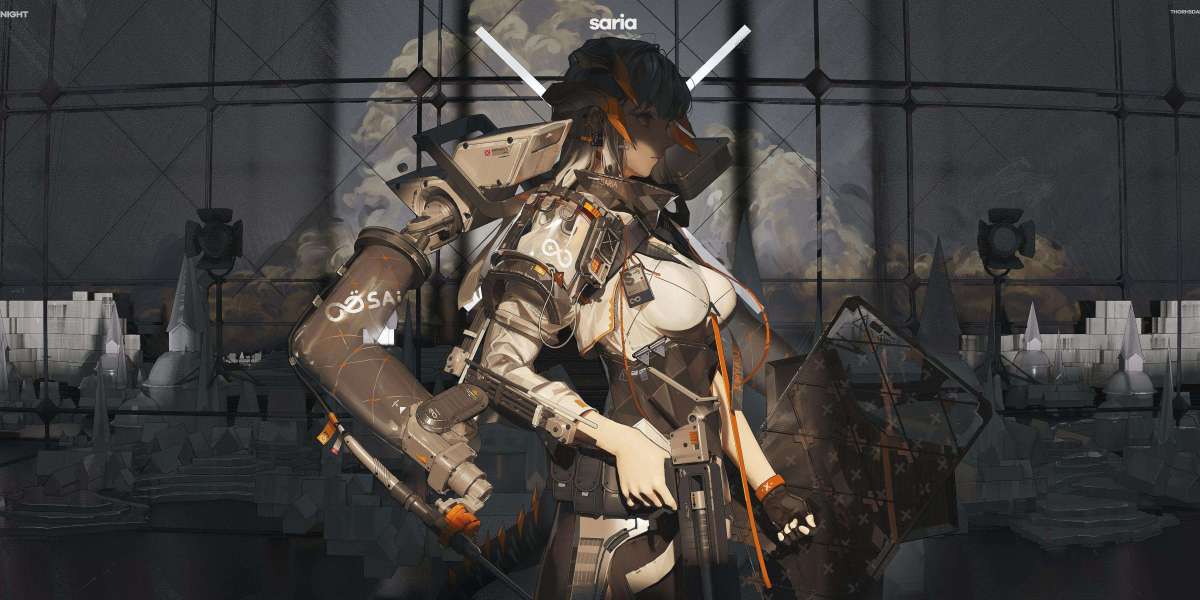Fused Deposition Modeling (FDM) is one of the most widely used techniques in the realm of 3D printing. This method is particularly favored for its simplicity and versatility. In this article, we will delve into the mechanics of FDM 3D printing explained, highlighting its processes, materials, and applications.

What is FDM 3D Printing?
FDM 3D printing is an additive manufacturing process that involves the layer-by-layer deposition of thermoplastic materials. The process begins with a spool of filament, which is heated and extruded through a nozzle. As the material cools, it solidifies, forming a three-dimensional object. But how does this process work in detail?
The FDM Process Explained
The FDM process can be broken down into several key steps:
- Design: The first step involves creating a 3D model using CAD software.
- Slicing: The model is then sliced into layers using slicing software, which generates the G-code that guides the printer.
- Printing: The printer heats the filament and extrudes it layer by layer, following the G-code instructions.
- Post-Processing: Once printing is complete, the object may require cleaning or additional finishing touches.
Materials Used in FDM 3D Printing
One of the advantages of FDM 3D printing is the wide variety of materials available. Commonly used filaments include:
- PLA (Polylactic Acid): A biodegradable plastic that is easy to print and ideal for beginners.
- ABS (Acrylonitrile Butadiene Styrene): Known for its strength and durability, making it suitable for functional parts.
- TPU (Thermoplastic Polyurethane): A flexible material often used for creating rubber-like parts.
Applications of FDM 3D Printing
FDM 3D printing is utilized across various industries, including:
- Prototyping: Rapid prototyping allows for quick iterations of product designs.
- Aerospace: Lightweight components can be produced for aircraft and spacecraft.
- Healthcare: Custom prosthetics and dental models are increasingly made using FDM technology.
Conclusion: The Future of FDM 3D Printing
As technology advances, the capabilities of FDM 3D printing continue to expand. Innovations in materials and printing techniques promise to enhance the quality and efficiency of this method. For those interested in a deeper understanding of FDM 3D printing explained, you can explore more at this link.
In summary, FDM 3D printing is a powerful tool that democratizes manufacturing, allowing individuals and businesses to create complex designs with relative ease. Whether you are a hobbyist or a professional, understanding the fundamentals of FDM can open up new possibilities in your projects.








